Life
Sign up for our newsletter
We summarize the week's scientific breakthroughs every Thursday.
-
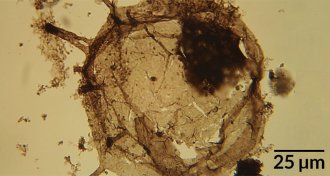 Earth
EarthCoastal waters were an oxygen oasis 2.3 billion years ago
Coastal waters contained enough oxygen to support complex life-forms including some animals hundreds of millions of years before fossils of such life first appear.
-
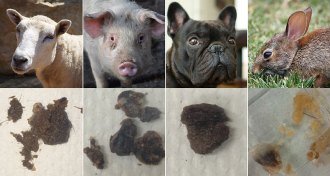 Life
LifeHere’s how earwax might clean ears
Science seeks inspiration in earwax for dreams of self-cleaning machinery.
By Susan Milius -
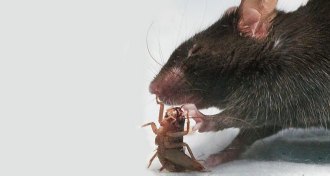 Neuroscience
NeuroscienceHow mice use their brain to hunt
Messages from the brain’s amygdala help mice chase and kill prey.
-
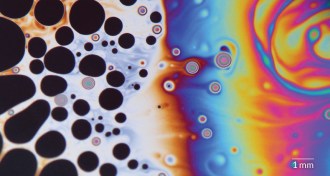 Life
LifeShimmering soap bubbles have a dark side
Merging dark spots are indicators that a bubble is about to burst.
-
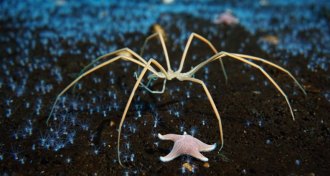 Animals
AnimalsIt takes guts for a sea spider to pump blood
Most sea spiders have hearts, but what really gets their blood flowing are gut contractions.
By Susan Milius -
 Neuroscience
NeurosciencePain promoter also acts as pain reliever
A pain-sensing protein also regulates activity of pain-relieving opioids.
-
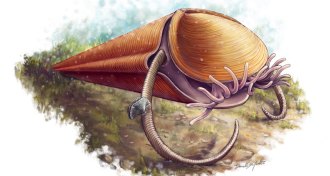 Paleontology
PaleontologyAncient oddball invertebrate finds its place on the tree of life
Ancient marine invertebrates called hyoliths may be more closely related to modern horseshoe worms than mollusks, a fossil analysis finds.
-
 Paleontology
PaleontologyReaders weigh in on dinos, dark matter and more
Ancient bird calls, the search for dark matter and more in reader feedback.
-
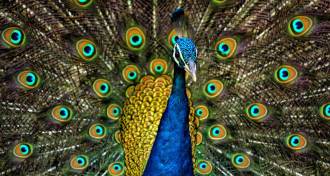 Animals
Animals‘Furry Logic’ showcases how animals exploit physics
"Furry Logic" explores how animals rely on the laws of physics in pursuit of food, sex and survival.
By Sid Perkins -
 Animals
AnimalsUnusually loose skin helps hagfish survive shark attacks
Hagfish skin that easily slips and slides can be a lifesaver in crises such as shark attacks.
By Susan Milius -
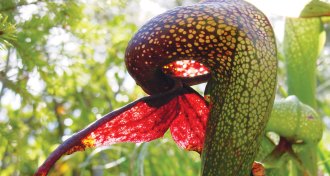 Plants
PlantsMeat-eating pitcher plants raise deathtraps to an art
The carnivorous California pitcher plant ensnares its dinner using a medley of techniques.
By Susan Milius -
 Neuroscience
NeuroscienceFacial-processing area of brain keeps growing throughout childhood
Contrary to scientists’ expectations, a facial-processing area of the brain grows new tissue during childhood, an MRI study suggests.